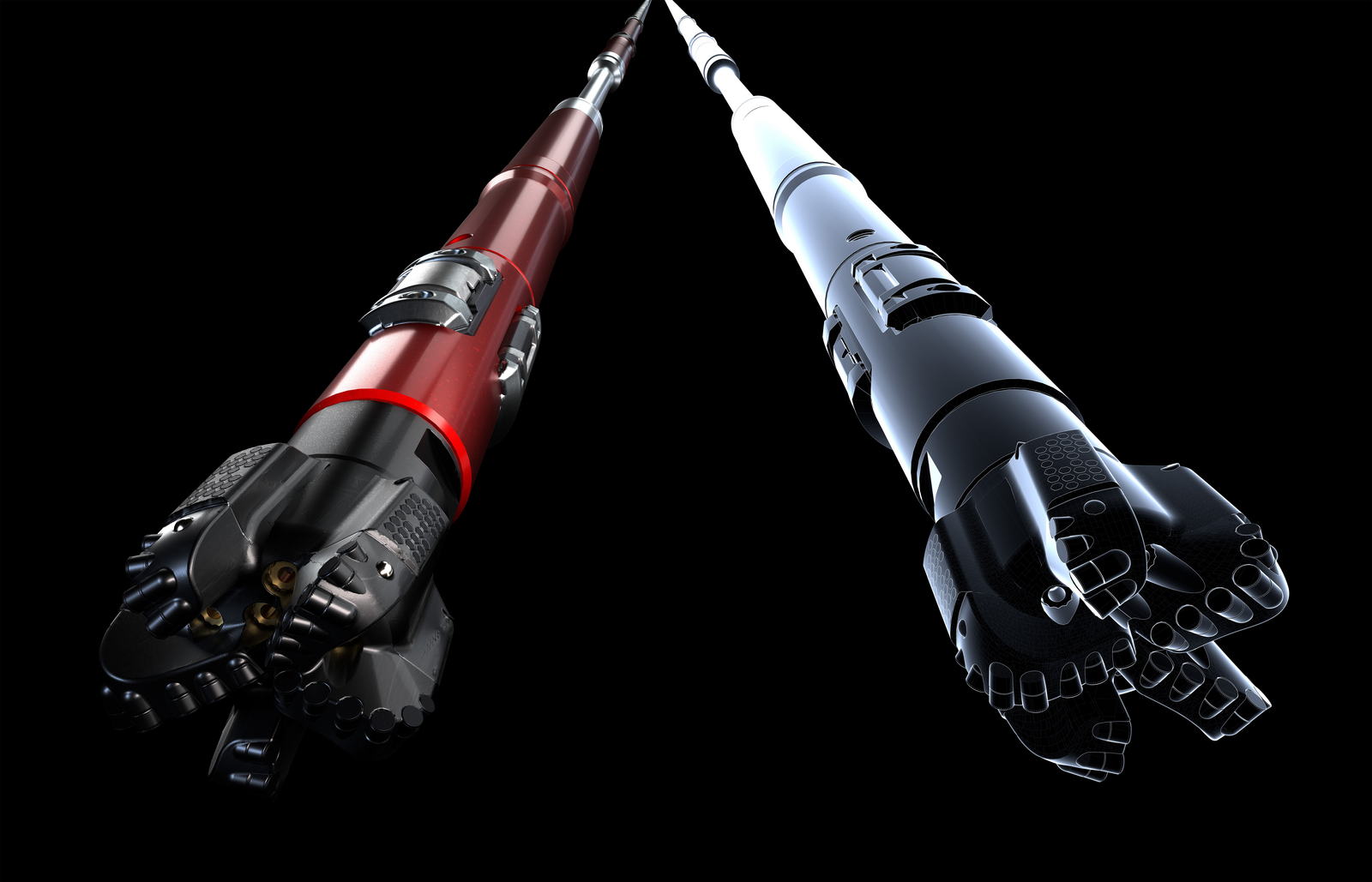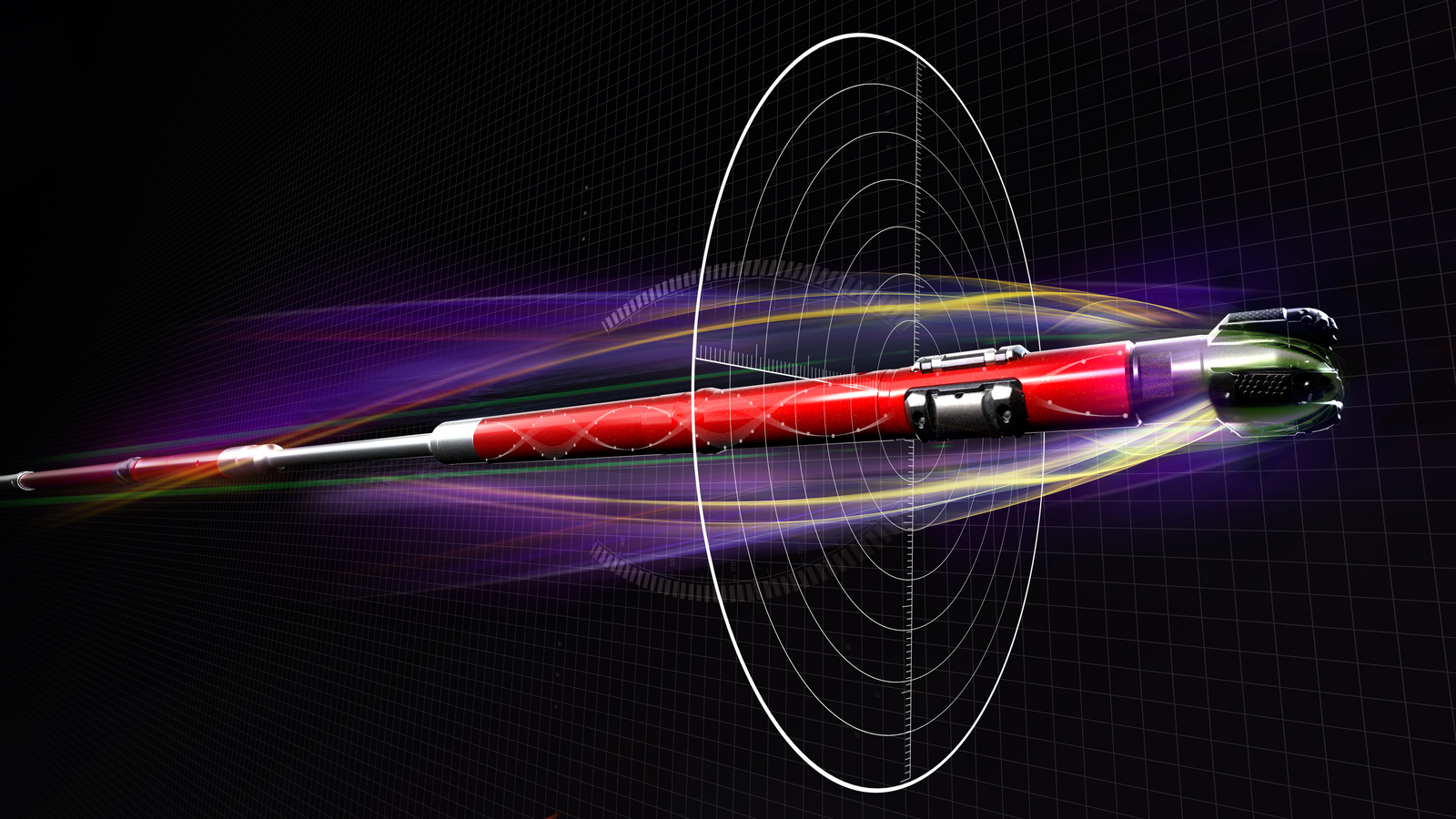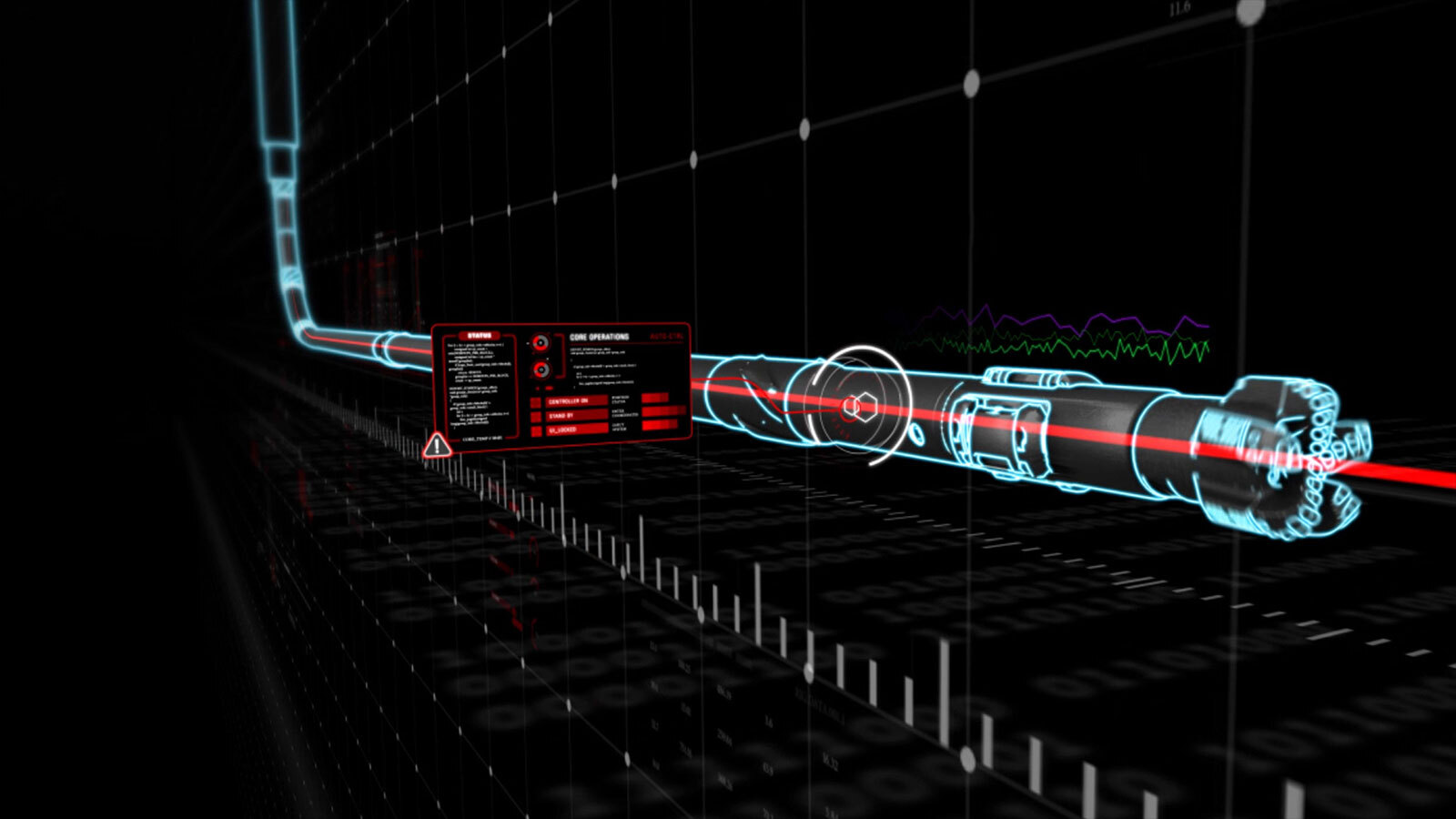 Search
Search
 Search
Search

Maximizing efficiency and value using the LOGIX® autonomous drilling platform
Download PDFDeep Water

Maximizing efficiency and value using the LOGIX® autonomous drilling platform

Norway

Autonomous directional drilling methods are being adopted globally. This technology enhances operational efficiency and sustainability, providing benefits, such as cost reduction, risk mitigation, and reduced operational uncertainty. Over the past three years, implementation of the LOGIX® autonomous drilling platform on the Norwegian Continental Shelf (NCS) has consistently optimized performance in diverse fields, rigs, and drilling trajectories.
The team performed comprehensive benchmarking analysis to contrast conventional drilling methods with autonomous directional drilling in this region. They identified candidate hole sections based on drilling difficulty indexes and specific rotary steerable systems (RSS) used. This analysis considered various metrics relevant to the technical impact of automation, including ROP, trajectory accuracy, failure-related trips, and automation-specific key performance indicators (KPIs) [e.g., nonproductive time (NPT and drilling dysfunctions]. The team also quantified inter-failure drilling distance. This assessment spanned individual rigs and fieldwide levels with a focus on comparable hole section types.
The primary drilling objective in the NCS is to increase rate of penetration (ROP) while ensuring a consistent response in dogleg severity (DLS) to maintain a smooth hole profile, which is crucial for subsequent casing, liner, and completion runs.
To address these challenges and uncertainties, Halliburton proposed a comprehensive automation solution aligned with the operator’s long-term vision, built on three core pillars supported by various enablers. One of these pillars is drilling automation. To achieve faster drilling rates without compromising safety or consistency, the proposed drilling automation solution incorporated cutting-edge drilling technology tools, including the LOGIX autonomous drilling platform. The team deployed the platform in conjunction with the DrillingXpert™ software, and the iCruise® and Geo-Pilot® rotary steerable systems.
Curve sections analyzed
Improvement in ROP
Reduction in casing and liner running times
Increase in consistency index
Automation helps facilitate superior ROP when compared to conventional drilling techniques. During traditional drilling operations, the balance between performance and reliability relies solely on the experience of the directional driller, often leading to inconsistency and hidden lost time. In contrast, the LOGIX® autonomous drilling platform uses intelligent execution algorithms that continuously adapt steering settings and drilling parameters to achieve an optimal combination and maximize ROP within recommended limits.
The case study compares the average ROP and meters drilled using the LOGIX platform versus conventional drilling in four rigs. The automated drilling model accounts for 41.56% of the total 204,650 m drilled on these rigs. In the automated scenario, steering parameters were consistently optimized with an average ROP of 36.71 m/hr compared to the conventional ROP of 29.75 m/hr. Overall, this automated approach improved average ROP by 23.4% over the last three years of operation in the NCS.
A total of 25 curves were analyzed to compare the drilling automation model to conventional methods. Both approaches employed the same RSS type. Curve selection was based on drilling difficulty index (DDI) similarity within the same field. The findings consistently indicated the LOGIX platform reduced the mean distance to plan. Automation-drilled curves exhibited a mean distance to plan ranging from 2.5 to 3.2 m, decreasing as drilling progressed toward the target depth.
Curves drilled using the LOGIX platform demonstrated a narrow range of standard deviation values, ranging from 0.7 to 2 m, with a decreasing trend as drilling advanced into the 8.5- and 12.25-in. hole sections. The number of standard deviations was a statistical metric to quantify the degree of variation from the predetermined plan, computed based on distance-to-plan measurements at survey points during drilling. This calculation provided a robust statistical indicator of deviation from the intended path. The observed results were compared to nearby offset curves manually drilled using the same RSS type. The standard deviation of the distance to plan achieved in manual mode ranged from 1.5 to 5.3 m, indicating greater tortuosity compared to curves drilled with the LOGIX platform
Casing, liner, and completion running operations are crucial during well construction. Failing to reach the required setting depth can increase construction costs, defer production, and cause NPT and lost reserves. A comparative analysis was performed on 30 wellbore sections with diameters of 8.5, 12.25, and 17.5 in., drilled using both the LOGIX platform and conventional methods. Two key performance indicators were of focus, the gross average casing/liner running time per stand in the open hole and the consistency index of casing/liner running.
Both drilling approaches achieved the desired well trajectories, but the automated LOGIX platform model reduced casing and liner running times by up to 15% in the openhole sections (5.59 minutes for the LOGIX platform and 6.61 minutes for conventional sections). The consistency index, which measures proximity to the physical limit of each casing/liner running operation, also improved by 8.5% with the LOGIX platform compared to conventional drilling. These values represent increased uniformity and reliability in casing and liner running processes (0.77 for sections drilled using the autonomous drilling solution and 0.71 for conventionally drilled sections).
The integration of vibration monitoring and mitigation capabilities within the LOGIX platform proved highly effective in terms of reduced NPT, practice optimization, and overall performance enhancement over the operational span studied. Despite the drilling automation system accounting for 41.56% of the total 204,650 m drilled, it contributed only 18% (equivalent to six runs) to NPT. This signifies a twofold reduction of the proportional ratio compared to conventional drilling, where NPT amounted to 82% (equivalent to 33 runs). This led to fewer failure trips and longer intervals between them.
The risk of fatigue failure in BHA components is not systematically considered during conventional drilling. To address this, a workflow is integrated into the LOGIX platform to efficiently control borehole curvature and associated risk during planning and execution phases (with specific constraints for allowable DLS, angle change, and build and turn rates). By enforcing these constraints, the LOGIX platform ensures that bending moments and stress on BHA components remain below recommended thresholds during execution, allowing safe operation and theoretically infinite component life.
The platform significantly reduced tortuosity in drilled sections compared to conventional drilling methods. This improvement is evident by the lower standard deviation of the distance to planned trajectory and the improved casing/liner running time per stand in the open hole, all while maintaining a higher consistency index. The reduced tortuosity, coupled with effective control of bending moments on downhole tools by the autonomous drilling platform, resulted in approximately four times longer meters drilled between failures (MDBF) in the sections drilled using autonomous drilling compared to conventional drilling.
As demonstrated in the NCS study, autonomous directional drilling is a proven solution to enhance operational effi ciency and sustainability compared to conventional drilling methods.
Since its introduction, this technology has improved ROP by autonomously adapting the steering force and tool face to align with the desired DLS to effectively reduce tortuosity. These enhancements have positively impacted casing, liner, and completion running operations, and can notably reduce operational and HSE risks.
Integration with high-frequency data from the RSS helps improve wellbore quality with greater consistency and accuracy. This eliminates the manual labor associated with steering tasks. Additionally, the platform incorporates surface curve control mode and downhole closedloop automation. This enhances the steering response in the BHA and minimizes onsite personnel, thereby reducing offshore work-related risk.

Offers a digital transformation of drilling solutions to reduce operational risks and ensure consistent well delivery.

Automation-enabled platform designed specifically for longer well applications in harsh environments.

Reduce well time through fast drilling, fast tripping time and quicker casing drill outs.

The Halliburton Geo-Pilot® rotary steerable systems (RSS) is designed to deliver unprecedented speed and precise steering.

Halliburton real-time operations enables performance improvements at almost every step of the drilling process
